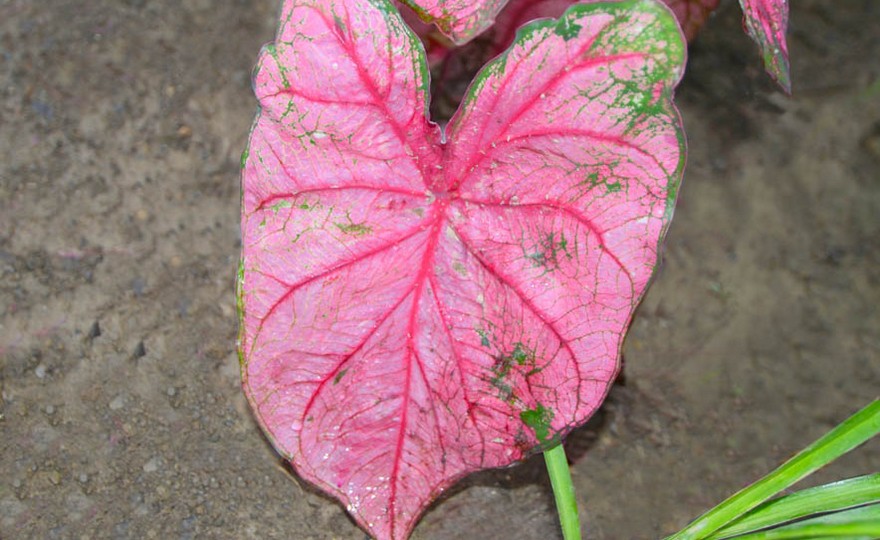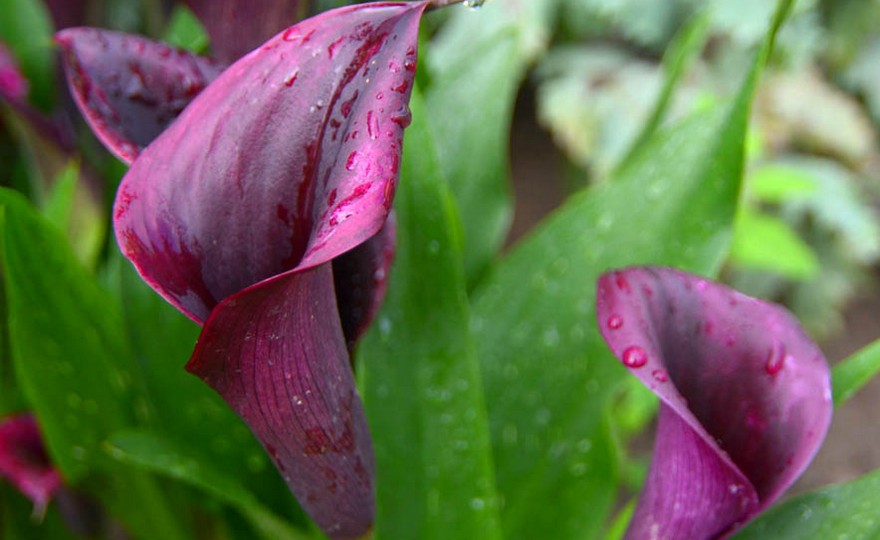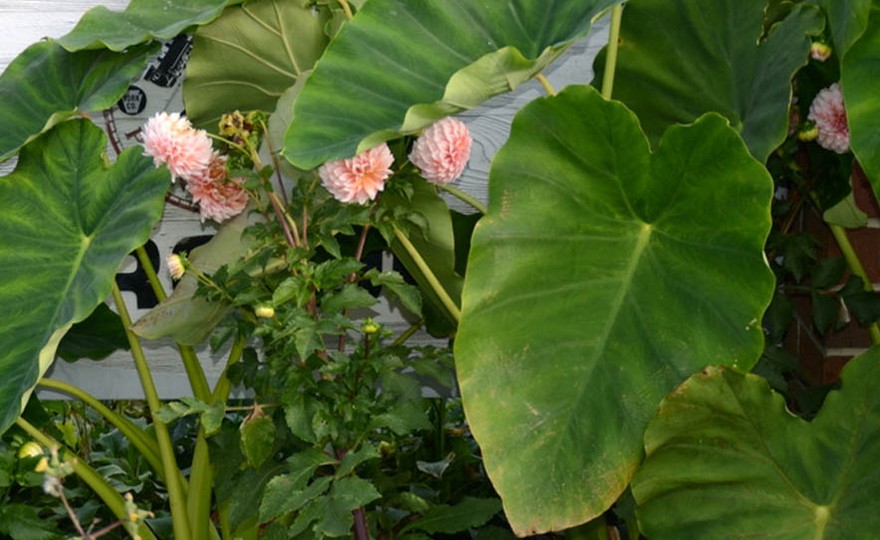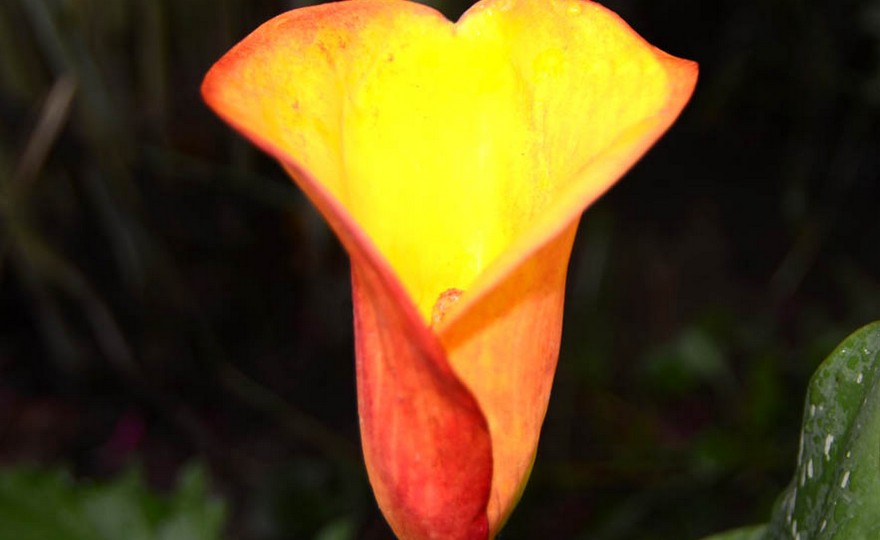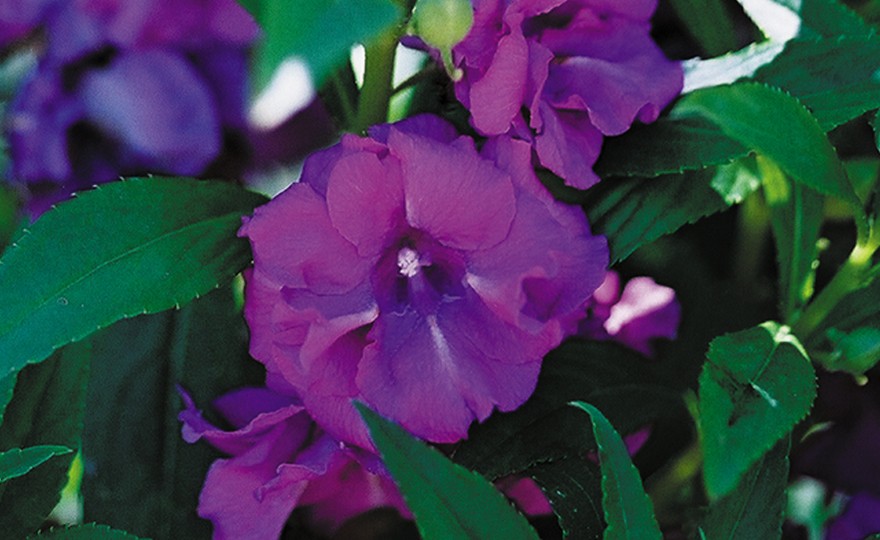
Asiatic Lily, Purple Eye
-
- **SOLD OUT** HOLIDAY GIFTS **SOLD OUT**
- **SOLD OUT** Holiday Books **SOLD OUT**
- **SOLD OUT** Holiday Citrus **SOLD OUT**
- **SOLD OUT** Holiday Gift Certificates **SOLD OUT**
- **SOLD OUT** Holiday Paperwhites **SOLD OUT**
- **SOLD OUT** Holiday Praying Mantis Kits **SOLD OUT**
- **SOLD OUT** Holiday Tools **SOLD OUT**
- **SOLD OUT** Holiday Wildflower Mixtures **SOLD OUT**
- Citrus Trees
- **SOLD OUT** - Vegetable and Herb Plants - Mix & Match any 6 Plants for $50 - Only Shipped in Quantities of 6
- Elephant Ear Plants & Roots
- **SOLD OUT** 4-Inch Pot Herb Plants **SOLD OUT**
- Rare Plants
- **SOLD OUT** Vining Plants **SOLD OUT**
- Asian Seeds
- Beneficial Bugs
- Books
- Citrus Fertilizers
- Cold-Treated Bulbs - SEE BULBS FOR FALL PLANTING TO ORDER
- Cold-Treated Allium
- Cold-Treated Chionodoxa
- Cold-Treated Crocus
- Cold-Treated Hyacinthoides
- Cold-Treated Hyacinthus Orientalis
- Cold-Treated Narcissus
- Cold-Treated Cyclamineus Narcissus
- Cold-Treated Double Heirloom Narcissus
- Cold-Treated Jonquilla Narcissus
- Cold-Treated Large Cupped Narcissus
- Cold-Treated Poeticus Narcissus
- Cold-Treated Small Cupped Narcissus
- Cold-Treated Species Miniature Narcissus
- Cold-Treated Split Cupped Narcissus
- Cold-Treated Tazetta Narcissus
- Cold-Treated Triandus Narcissus
- Cold-Treated Trumpet Daffodils
- Cold-Treated Ornithogalum
- Cold-Treated Rock Garden Iris
- Cold-Treated Scilla
- Cold-Treated Tulips
- Cold-Treated Emperor Tulips
- Cold-Treated Fringed Tulips
- Cold-Treated Green or Viridiflora Tulips
- Cold-Treated Lily Flowering Tulips
- Cold-Treated Parrot Tulips
- Cold-Treated Peony Flowering Tulips
- Cold-Treated Single Early Tulips
- Cold-Treated Single Late Tulips
- Cold-Treated Species Tulips
- Cold-Treated Triumph Tulips
- Flower Bulbs, Corms and Tubers
- Bulbs for Spring Planting
- Bulbs for Fall Planting - ALL BULBS AVAILABLE ARE COLD TREATED FOR PLANTING AS SOON AS SOIL CAN BE WORKED
- Fall Blooming Bulbs
- Garden Tools & Equipment
- Gift Certificates
- HHH Exclusive Wildflower Mixtures
- Wildflower Mixtures
- Heirloom Garlic
- Potatoes
- Roots & Sets
- Seeds
- Flowers
- Herbs
- Vegetables
- **SOLD OUT** HOLIDAY GIFTS **SOLD OUT**
-
- No products to compare
-
Sold Out
Quick Overview
ASIATIC LILY, Purple Eye
FULL SUN The Asiatic Lilies are the most popular lilies cultivated today. The species produces the shortest plants of any group. Unlike the other lily species, the Asiatics produce a closely clustered group of blossoms at the top of the blossom stem. The impression is of a grand bouquet on a single stem. That is why the Asiatics are so popular as cut flowers. Purple Eye, like Easy Dance, is one of the rare bi-colors which produce blossoms that are jet black in the center and lighter colored near the ends of the petals. Purple Eye has a deep blackish purple center that fades gently to a stunning reddish purple on each petal. This organization of petal color variation is unusual for lilies, because most bi-color lilies have light colored centers and dark colored ends of petals. One of the most famous was Netty’s Pride, a black centered, white tipped bi-color. Purple Eye is most likely related to Netty’s Pride. The plants are 32-40 inches tall and hardy from Hardiness Zones 3-9.
Height: 32-40 in.
Bloom Time: Mid-Summer
Hardiness Zone: 3-9
| Type | Spacing | Planting Depth | Days to Germination | Maturity |
| Asiatic | 6-8 in. | 8-10 in. | 21-35 | 60-75 |

Asiatic Lily, Purple Eye
The lilium genus, surprisingly, is only indigenous to the temperate zones of the Northern Hemisphere, but it has been so popular for so many centuries that it is worldwide in distribution. There are many, many species native to North America, Asia and Europe. Flowers are of many different sizes and shapes – some highly fragrant, some not. Lilies were a part of the Greek and Roman civilizations. New World lilies and the lilies of China and Japan were quickly and eagerly embraced by Europeans and the British.
Since the Renaissance, the development and cultivation of lily cultivars has proliferated, but it was not until the late 1800s that the most significant lily introductions were created. E. H. Wilson (1876-1931), the Director of The Arnold Arboretum outside of Boston, MA introduced L. davidii, L. regale, and L. sargentiae. These three lily species became the most important lilies of the 20th century.
Asiatic and Oriental lilies are often very similar in appearance and many astute and experienced gardeners see no difference in the two. However, there are differences and these can be substantial. Oriental lily plants grow taller than Asiatics. The flowers can be heavily fragrant and are usually much larger than the Asiatic blossoms. Orientals bloom much later than Asiatics so it is best to plant both Asiatics and Orientals for continuous blooms from early summer to fall.
Oriental lilies can be planted in the fall or the spring. If planting in the fall make sure the location does not become soaking wet in the winter or the bulbs will rot. Lilies can be planted in the spring as soon as the ground can be worked and up until mid-June. Lilies planted after mid-June may not bloom the first year. Plant the bulbs in organically rich soil amended with bone meal. Keep the soil moist, but do not allow the bulbs to stand in water. Plant the bulbs 6 inches apart and at least 6 inches deep. In Hardiness Zones 1-4, planting the bulbs 8 inches deep is recommended. Twice a year, mix some coffee grounds (1/4-1/2 cup) into the surface soil around the plants. Lilies like a slightly acid soil and the coffee grounds will help.
Planting Lilies in Your Garden
Two important facts that must be remembered when cultivating lilies is that they cannot stand wet feet. They need well drained soil, and if they do not have this, they will rot quickly. The second fact is lily bulbs are never dormant. There is always some activity going on in the bulb. It can be strengthening due to seasonal exposure to cold, food transference from roots to scales and scales to the growing point or top growth production. Because of this constant activity, lilies must be handled gently at all times.
To plant lilies in the ground, dig holes that are 8-10 inches deep and dust the holes with bone meal (1/4 cup per bulb). Place the bulb in the hole, pointed side up, and fill the hole with soil. Lilies prefer organically rich soil, so mixing peat moss, compost, and/or dehydrated cow manure into the soil produces stronger plants and more flowers. The Oriental Trumpets and the Oriental lilies should be planted12-14 inches apart. The Asiatics should be planted 12-14 inches apart.
Once the lilies have emerged from the soil, you can fertilize with a blossom booster fertilizer, but you do not have to do this. You will still get beautiful blooms if you do not fertilize at all. Lilies also like their heads in the sun and their feet in the shade. This can be accomplished by planting low growing annuals like alyssum, ageratum or non-vining nasturtiums where you are also growing the lilies or planting the lilies beneath shrubs or perennials.
Dividing or moving lilies should be done in the fall of the year about every 3-5 years.
Planting Lilies in Containers
Lilies LOVE being grown in containers, but the containers must be deep – at least 10-12 inches. Use the soil mix described in detail in our Harvesting History YouTube video. Do not use prepared soil mixes.
The Best Soil Mix for Containers
Briefly the soil mix is 60% topsoil, 20% peat moss and 20% compost or dehydrated cow manure. You can plant according to the following chart:
| Type | 10-12 inch | 14 inch | 18 inch |
| Asiatics | 3 Bulbs | 5 Bulbs | 10 Bulbs |
| Orientals | 2-3 Bulbs | 3-5 Bulbs | 6-8 Bulbs |
| Oriental Trumpets Tigrinums | 2 Bulbs | 3 Bulbs | 4 Bulbs |
Plant the bulbs 8 inches deep. Dust the hole with ¼ cup bone meal per bulb. Cover the bulbs with 8 inches of soil. Water heavily, but do not allow the pots to stand in water. Once the lilies have emerged from the soil, fertilize every two weeks with blossom booster fertilizer.
In the fall, when the top growth has died completely back, remove the dead growth and dust the surface of the soil with bone meal. Mulch with 2 inches of compost, if possible, or a mix of peat moss and dehydrated cow manure-5 parts peat moss to 1 part manure.
Make sure you water your lilies throughout the summer. Do not allow the pots to dry out.


